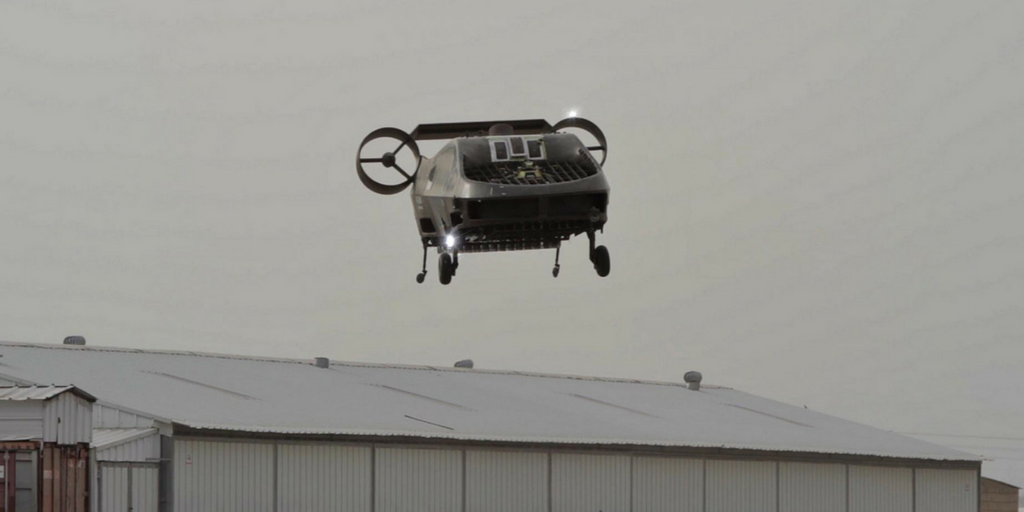As part of my ongoing series of interviews with up and coming Israeli tech leader I had the opportunity to sit down with Liat Sade-Sternberg, CEO and Fuse.it.
Hi Liat. Thank you for speaking with us.
How has the road from early stage startup to a growth stage company been in the tech industry?
Everything as a startup is challenging. In order to stick around and create value for your company, you have to be creative and fast moving every step of the way. Once you can actually see there is an opportunity and changes in the market, you have to react very fast. The road from Fusic to fuse.it was an immediate reaction once we understood there was a better opportunity in our industry.
Due to Israel’s reputation in the hi-tech scene, do you feel extra pressure to succeed?
I don’t necessarily think there’s an extra pressure to succeed, but I think that the Israeli startup ecosystem is a very supportive and very welcoming environment. There are so many other startups and people in your shoes that it helps you gain the confidence to get it done. The pressure is common for most of the startups – getting funding, hiring the most suitable team members etc. The main differentiation in the Israeli ecosystem is when you market in the US and you have to be closer to your market.
How has being a female entrepreneur in the tech industry affected your success?
It’s hard to tell. When discussing fuse.it, I don’t speak about myself as a female leading a startup, I just lead the startup as anyone else would. The main difference I have encountered isn’t because I am a female, it’s because I am a mom. Getting drinks after work is not something that I’ll typically do with other entrepreneurs or investors because I am going home to my kids. I am more focused during my day and try to be very efficient on the job.
What was the moment in time when you began to believe in your startup? Like this is going to succeed.
From the very beginning. If you don’t believe in it from the start, you won’t be able to take it to the next level. It’s your job to convince brands and investors that your product will give them value. If you can’t see the value from the start – you will have a very hard time convincing others to see it too.
How did you come up with the idea for Fuse.it?
There were a few indications that led to the idea of fuse.it. We had the music experience from the past with Fusic, but as we remade the app – we saw a need for other content, such as entertainment and videos. It’s great to interact with music, but so many people don’t know how to sing and are happy to engage with other content. This gave us the idea to take the product that we already had and expand it into something bigger. Before we did that we had meetings with potential partners, demos that we shared with users and once we had the right indications we started to move.
Can you tell us about it?
The everyday user cannot create viral or unique UGC, only 1% of the users actively create new content, while the other 99% of the participants only lurk. The fuse.it app brings viral UGC creation abilities to the everyday user, using patented AR, audio and aftereffect technology with one-click experience for the end user.
fuse.it users can interact with a range of different 3D animated characters and personalities, to easily create unique, funny and quirky videos. With just one tap the characters come to life, enabling users to record themselves interacting with them in their own surroundings to create videos they can share with their friends. The fuse.it proprietary solution automatically utilizes single camera footage to project the augmented reality characters in the app.
Additionally, fuse.it allows people to become part of their favorite videos and pop culture, such as memes and breaking news clips, by letting users insert themselves directly into the action and dictate how scenes play out. Users can have ‘conversations’ with politicians and media personalities, sing and dance with celebrities, become part of famous memes and create their own viral news clips. fuse.it technology allows users to be blended into any video in real-time using smart camera input manipulation, from 3D transformation to color effects and more.
What are your future plans for Fuse.it?
Our main focus in the coming months is to grow and bring on board more partners.
Do you have advice for young entrepreneurs?
Listen to the feedback you get from users, potential investors and potential partners.
Do deep research on the market before you jump into the venture.
Meet with the people you’re targeting with your startup.
THEN start working on it. It’s easy for YOU to fall in love with your start up, the hard part is convincing others to as well.
Find good mentors and people with experience and involve them in your dream, it will save you a lot of time and mistakes.
TEAM – hire the smartest and most talented people to join your team.
Thanks so much Liat and best of luck.





